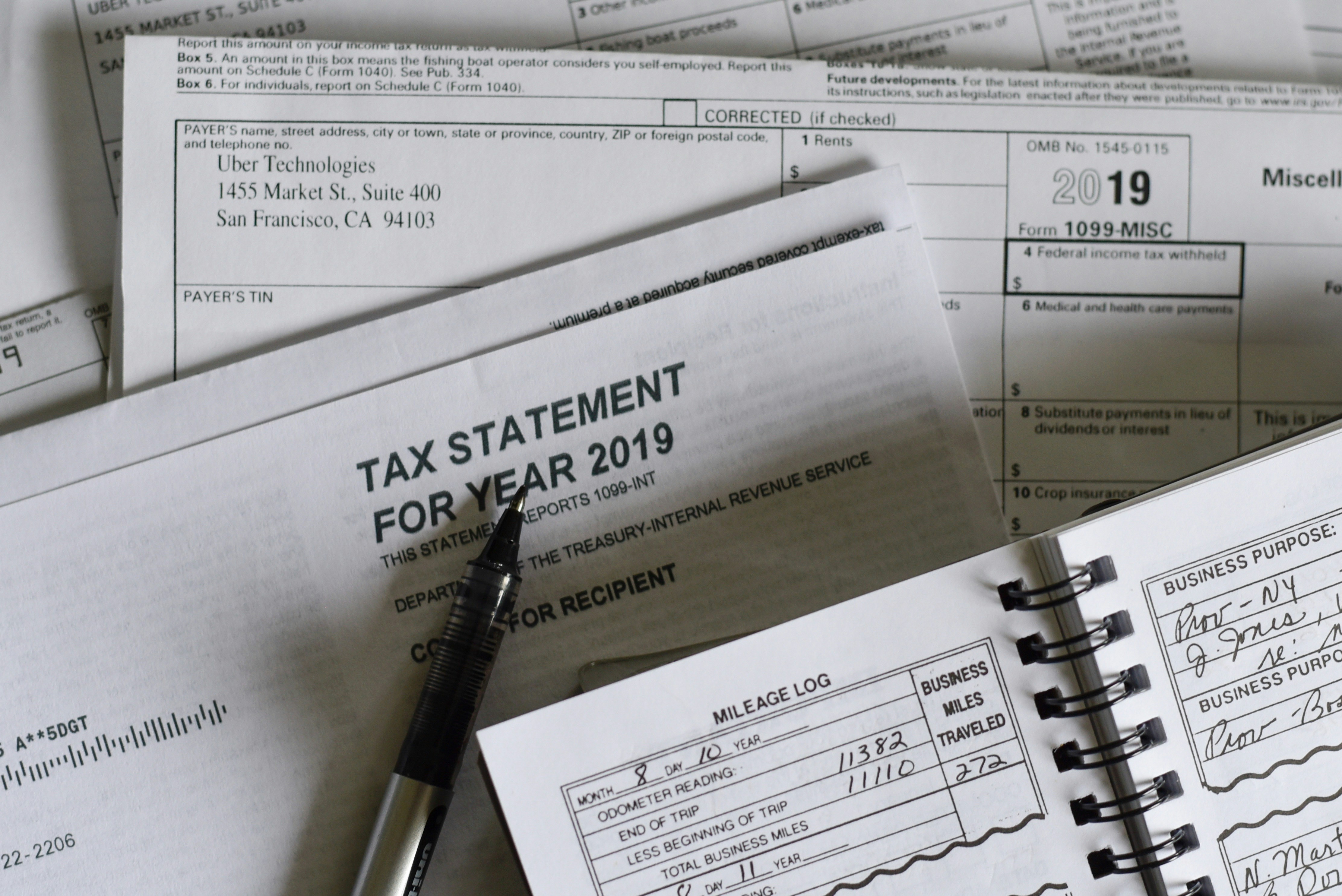In this world nothing can be said to be certain, except death and taxes.
– Benjamin Franklin
Taxes are inevitable, but with careful planning, individuals and businesses can significantly reduce their tax liability and keep more of their hard-earned money. Many people wait until tax season to think about their obligations, only to be surprised by an unexpected tax bill. However, tax planning isn’t just about filing returns—it’s about taking proactive steps throughout the year to minimize taxes, maximize deductions, and take advantage of legal strategies to grow wealth.
Understanding how to structure income, investments, and expenses can substantially affect how much you owe. This blog will explore the importance of pre-planning and tax mitigation strategies, such as charitable giving, equipment purchases, and property reinvestment. We will also discuss common taxable events and how to avoid unnecessary tax burdens.
The Value of Pre-Planning for Taxes
Waiting until tax season to address your tax situation can lead to costly mistakes, missed opportunities, and avoidable penalties. Pre-planning is the key to optimizing your tax outcome. By working with tax professionals throughout the year, individuals and business owners can develop strategies to lower taxable income and defer tax liabilities.
Effective pre-planning involves forecasting potential tax obligations, identifying eligible deductions and credits, and making informed financial decisions ahead of time. For businesses, this means timing purchases, structuring income, and optimizing expenses. For individuals, it could involve strategic investment planning, charitable contributions, and retirement account withdrawals. The earlier tax strategies are implemented, the more significant the savings can be.
Strategies for Tax Mitigation
Charitable Donations
Donating to qualified charities is one of the most effective ways to reduce taxable income while supporting meaningful causes. Contributions can be made in cash or through assets such as stocks, real estate, or other appreciated investments. By donating appreciated assets instead of selling them, individuals can avoid capital gains taxes while still claiming the full fair market value as a deduction.
A donor-advised fund (DAF) is another tool that allows donors to make a charitable contribution, receive an immediate tax deduction, and distribute funds to charities over time. This can be a powerful way to manage giving in a tax-efficient manner while maintaining flexibility in charitable contributions.
Purchasing Equipment
For business owners, purchasing new or upgraded equipment before year-end can provide significant tax savings. The IRS allows businesses to deduct the cost of qualifying equipment through Section 179, enabling companies to write off the entire purchase price rather than depreciating it over several years.
Timing is crucial—making a large equipment purchase at the right time can lower taxable income for the year and free up additional funds for growth. This strategy is particularly beneficial for businesses looking to reinvest profits while keeping tax obligations in check.
Purchasing Property of Equal Value to Property Sold (1031 Exchanges)
Real estate investors can take advantage of 1031 exchanges to defer capital gains taxes when selling investment properties. Investors can continue growing their real estate portfolios without triggering an immediate tax bill by reinvesting the proceeds into a like-kind property.
However, this strategy requires careful planning, as 1031 exchanges come with strict time limits. Investors must identify a replacement property within 45 days of selling the original property and complete the exchange within 180 days. When executed correctly, a 1031 exchange allows individuals to preserve capital and build wealth through real estate with minimal tax impact.
Understanding What Triggers a Taxable Event
Taxable events can sneak up on individuals and businesses, leading to unexpected tax liabilities. Some of the most common triggers include:
Selling Investments and Realizing Capital Gains: Capital gains taxes apply when stocks, bonds, real estate, or other capital assets are sold for a profit. Planning the timing of sales and utilizing techniques, such as tax-loss harvesting, can help offset gains and reduce taxes.
Large Withdrawals from Retirement Accounts: Taking substantial distributions from tax-deferred accounts, such as 401(k)s or IRAs, can push individuals into a higher tax bracket. Strategically planning withdrawals and using asset conversions can help spread out or reduce tax liabilities.
Failure to Reinvest Proceeds from Property Sales Properly: Selling a property without using a 1031 exchange can result in significant capital gains taxes. Proper planning ensures compliance with reinvestment rules and minimizes tax exposure.
Unexpected Taxable Income: Canceled debt, lottery winnings, and even some insurance payouts can count as taxable income. Knowing how these windfalls impact your tax situation can help you prepare in advance and explore potential deductions.
Conclusion
Proactive tax planning is not just about compliance but financial optimization. Whether you are an individual looking to preserve wealth or a business owner seeking to maximize profits, understanding tax mitigation strategies can help you make informed decisions throughout the year.
By pre-planning and utilizing strategies like charitable giving, equipment purchases, and 1031 exchanges, taxpayers can legally reduce their liabilities and keep more money working for them. Working with the tax professionals at Wilson Hand ensures that you stay ahead of potential taxable events and take full advantage of opportunities to protect your assets.







